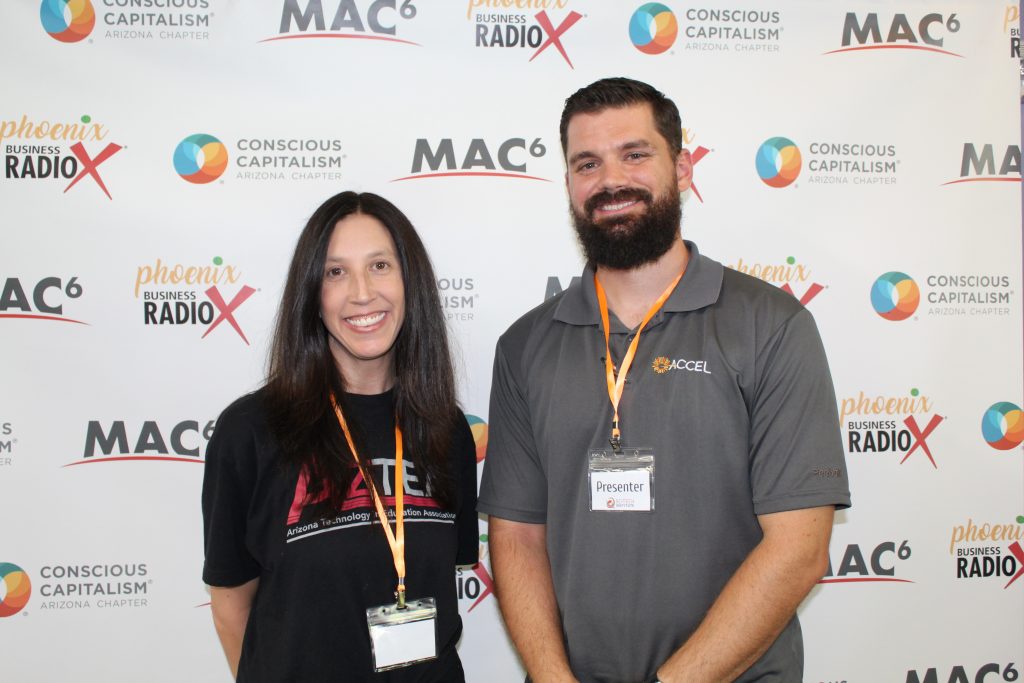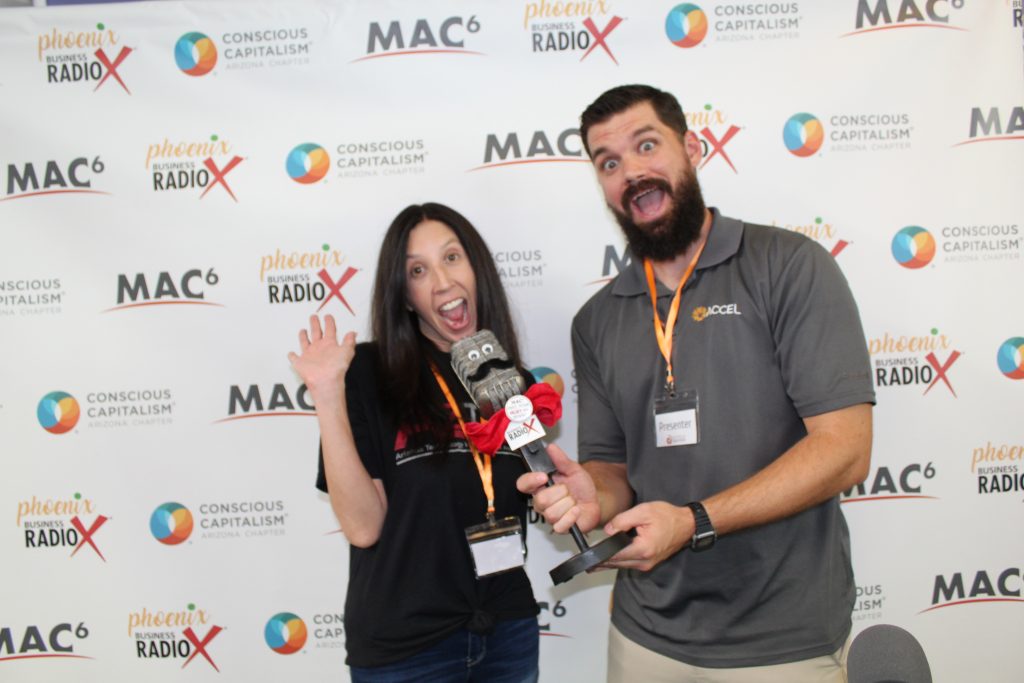SciTech Institute STEM and Innovation Summit with ACCEL and AZTEA




Listen to the full interview from Business Radio X below:
Take part in the future and interact with some of Arizona’s most influential thinkers at the 2019 STEM and Innovation Summit held in Scottsdale, Arizona.
This year’s statewide conference brought together Arizona’s key stakeholders in business, industry, education, government, NGO, the community to:
- Share best practices, lessons and stories from the field
- Experience the latest in Arizona technology and innovation
- Build unique and diverse STEM networks
- Discuss how we can work as connected ecosystem to improve public STEM awareness and improve workforce readiness
ACCEL is a private Non-Profit Organization that serves individuals with developmental disabilities across the life span. Our mission is to provide exceptional educational, behavioral, therapeutic and vocational programs to individuals with special needs, to give them the necessary skills to learn to work and live successfully with dignity and independence.
Matthew Levac has been working at ACCEL for 5 years. He came on as an Occupational Therapist for our private day school. Matthew now serves as the Therapy Supervisor. Over the past 3 years he has been developing relationships with high school STEM teams across the Phoenix metro area to help with the creation of assistive technology. This is also called the AT Makers movement nationally.
Currently, two high school interns from Bioscience Highschool that serve their students in the creation of AT. They are also developing a program with Grand Canyon University in their Engineering Department to further their ability to create AT solutions for student needs.
The Arizona STEM Collaborative is comprised of three partner organizations – the Arizona Association of Teachers of Mathematics, the Arizona Science Teachers Association, and the Arizona Technology in Education Association. Our mission is to improve and support STEM education in Arizona through three strategic areas: 1) Curriculum & Instruction; 2) Advocacy & Communication; and 3) Organizational Development.
Stacey Pasquel is a professional educator with an extensive background in the education technology field, especially as it relates to professional development, curriculum & instruction, and models for leading complex change. She is a Technology Integration Educator for Gilbert Public Schools, she serves as the President of the Arizona Technology in Education Association (AzTEA), and she is an adjunct professor for the Mary Lou Fulton Teachers College at Arizona State University. Stacey understands the urgency for today’s students to be creators of content, critical thinkers, effective communicators and adept problem-solvers in order to thrive in today’s job market, therefore, she strives to foster transformative learning experiences for students that develop 21st century skills and infuse technology in meaningful contexts.
Learn more about SciTech on their website and follow them on LinkedIn, Twitter, Facebook and Instagram.
In your professional opinion, how can we better work as a connected ecosystem to improve public STEM awareness and improve workforce readiness?
Matthew: For me the need is professionals that can be apart of the exceptional student environment within schools. Every exceptional student has unique needs that can be met with the right combination of therapeutic input and Maker skills. This combination is what drives the AT Maker movement.
In what ways are you and your organization involved in STEM education and/or the SciTech Institute?
Matthew: The AT Maker movement has allowed me to reach out to high school age students in STEM program for the creation of assistive technology (AT). The SciTech Institute is a great resource to network and develop relationships with the teachers that over see these programs. I have also been asked to be on a panel discussion on Disability Inclusion by the SciTech institute. I am also part of an AT Maker challenge put on by Southwest Human Development. The challenge is 6 weeks long and gives highschool STEM a real world problem that allows them to create an AT device as the solution. There is also an IoT aspect to the challenge that allows students to get exposure to that field as well.





